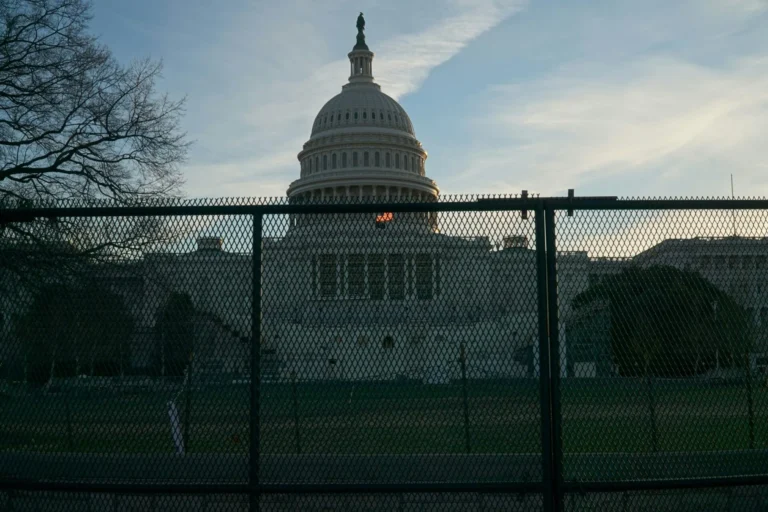The cost of climate change from coal will be equivalent to that of the Great Depression and World Wars I and II combined.Is Coal a “Fool’s Paradise” Of Cheap Energy?By Cliff Montgomery – May 7th, 2007In a May 4th briefing paper, the World Wildlife Fund (WWF) revealed that short-term economic solutions which utilize the use of coal to generate cheap power have created a “fool’s paradise” that will lead to profound long-term problems.We quote from the WWF report below:“In 2003, coal overtook oil as the leading contributor to global energy-related carbon dioxide emissions. According to the International Energy Agency (IEA), CO2 emissions from energy sources may grow by up to 90% by 2030 and coal will account for 43% of global emissions, unless policy interventions are made (World Energy Outlook 2006, BAU scenario).”This potential increase in global coal use is driven by its increasing use in China, India, and Russia for power stations, as well as a fresh rush for coal in OECD countries like the United States and European Union resulting from higher natural gas prices and power plant replacements.”In 2030 under this business-as-usual scenario the IEA predicts that the top 4 emitters of carbon dioxide will be:1st – Coal-fired power plants from China2nd – Coal-fired plants in the United States3rd – Oil for transport in the United States4th – Coal-fired power plants in India (World Energy Outlook 2006)“Coal use is growing around the world and much of this growth is driven by its low cost, the growing demand for electricity, the quest for more diverse energy supply and perceived risk of a dependence on natural gas, and, finally, the expectation that coal can be made clean enough to not harm the climate.”This briefing explores some of the costs of coal that are often ignored and [compares them to] the cost [of] the switch to cleaner fuels.Growing coal use and its rising costs around the world:Around the world:“The power sector is the single largest and fastest growing carbon emitter globally. The rapid increase in use of coal for power generation is the biggest threat to climate-friendly development in most industrialized and emerging economies. In the last 4 years coal use around the world grew by 22% (BP, 2006) and this had led to world CO2 emissions in increasing at a record rate of 3% annually (IEA, 2006).Costs of climate change fueled by higher emissions:“The Stern Review on the Economic Costs of Climate Change published by the British government in 2006 found that the cost of the climate change resulting due to inaction will be equivalent to the cost of the Great Depression and World Wars I and II combined.”Reports on the impacts of climate change on China predict a 37% decline in wheat, rice and corn yields in the second half of the century. Rainfall may decline as much as 30% in three of China’s seven major river basins. A rise in sea level of 1 meter will submerge an area the size of Portugal along China’s eastern seaboard — home to more than half the country’s population and 60 percent of its economic output.”India has seen a surge in heat waves over the past century and a rising death toll due to heat stress in more recent years. Serious floods in its northeastern states in July 2005 killed over a 1,000 people and economic losses amounted to more than US$250 million.Growing economic cost of coal:“The cost of electricity from coal is expected to double by 2030 to US$40–55 (per mega-watt hour, MWh). The additional cost of using carbon capture and storage for coal may raise the price to US$60–90 per MWh. (IEA 2005, 2006 / IPCC 2005)“Even if there was no price on carbon, clean renewable technologies like baseload wind, geothermal power and solid biomass will be cost-competitive with conventional coal by 2030. If however, the true cost of coal was factored in to its price, these sustainable low-carbon technologies would be even cheaper than coal today.”All countries should put laws on their books to clean up the sector and reduce traditional coal use. WWF recommends some specific policies that can reduce the impact of coal:”1. Emerging economies need access to best-available-technologies including last-generation coal-fired power technology and support from G8 nations and the financial sector in deploying it.”2. OECD countries should not replace aging power stations with traditional coal.”3. Demand-side management solutions should be considered before considering construction of new power stations. This will re-direct investment into cheaper energy-savings technology.”4. New power plants should use combined heat and power (CHP) and, where possible, cooling (tri-generation) technology. This will increase plant efficiency from 40-45% (coal) to over 80% (CHP).”5. Strict caps and/or standards are needed that mandate the construction of low-carbon…power plants in the OECD as soon as possible. Emission standards should set gas-fired CHP as their benchmark.”6. All countries should set air pollution standards to protect the health of citizens and strengthen any existing caps to include all power stations. Technologies for low-carbon power stations can reduce conventional air emissions by as much as 90%.”

Disobeying Illegal Orders Is A Military Duty, Not A Crime
The truth is that soldiers have a legal duty to refuse any order that clearly breaks the law, according to the Uniform Code of Military Justice.




